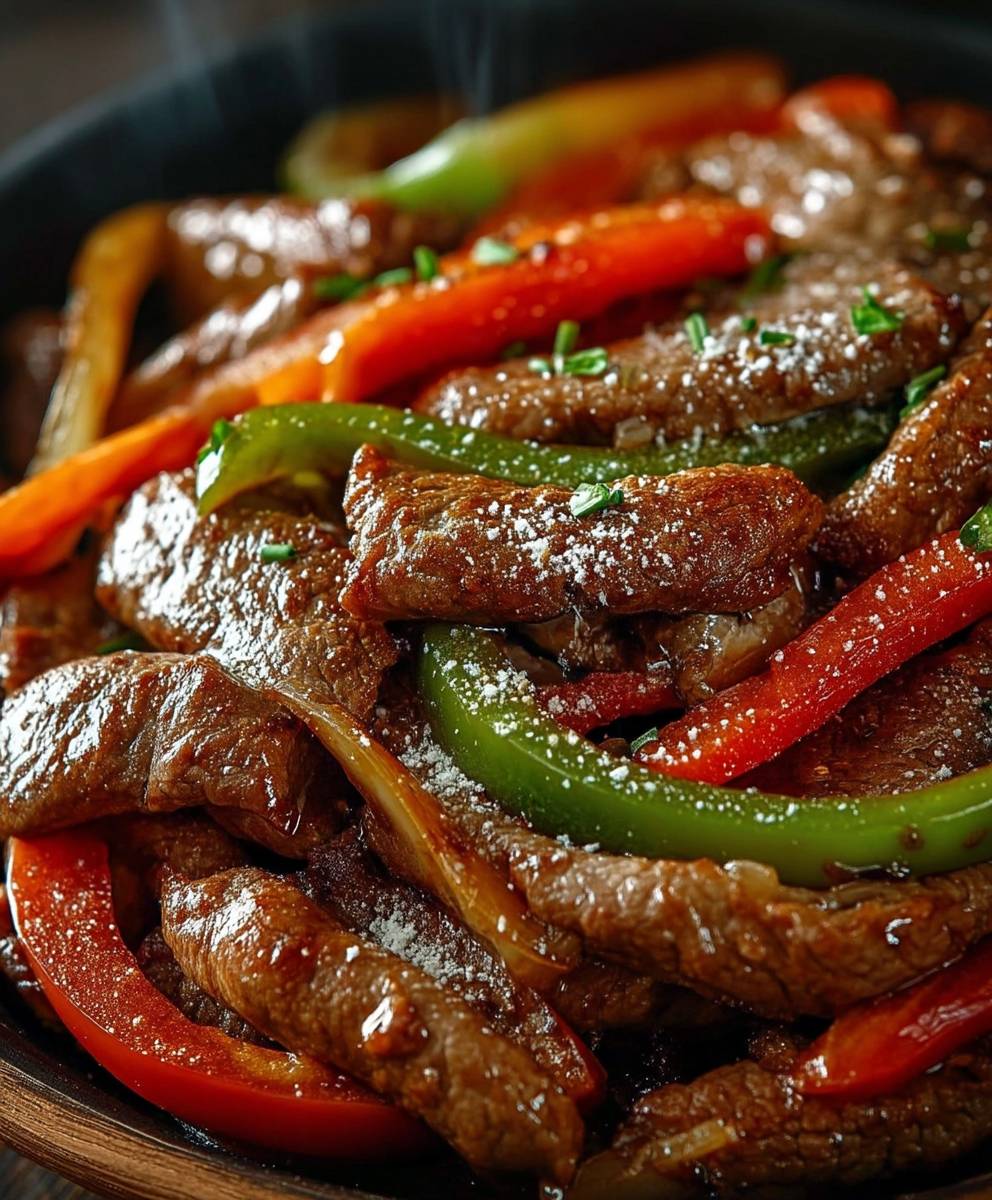Best Pizza Dough: the foundation of pizza perfection! Have you ever dreamed of creating a pizza so delicious, so authentic, that it rivals your favorite pizzeria? It all starts with the dough, and I’m here to share my foolproof recipe for the absolute best pizza dough you’ll ever make.
Pizza, a culinary icon with roots stretching back to ancient civilizations, has evolved from simple flatbreads to the globally beloved dish we know today. Neapolitan pizza, with its thin, chewy crust and simple toppings, is often considered the gold standard. But regardless of your preferred style, the quality of the dough is paramount. A truly great pizza dough provides the perfect canvas for your favorite sauces, cheeses, and toppings.
What makes this recipe so special? It’s all about achieving that perfect balance of crispy exterior and soft, airy interior. People adore this dish because it’s incredibly versatile, satisfying, and surprisingly easy to make at home. Plus, the aroma of freshly baked pizza dough filling your kitchen is simply irresistible. Get ready to impress your friends and family with homemade pizzas that are truly unforgettable!
Ingredients:
- For the Dough:
- 500g (about 4 cups) bread flour, plus more for dusting
- 10g (about 2 teaspoons) instant dry yeast
- 10g (about 2 teaspoons) salt
- 350ml (about 1 1/2 cups) lukewarm water (around 105-115°F or 40-46°C)
- 30ml (about 2 tablespoons) olive oil, plus more for greasing
- Optional Add-ins (for flavor variations):
- 1 tablespoon dried Italian herbs (oregano, basil, rosemary, thyme)
- 1 teaspoon garlic powder
- 1/2 teaspoon red pepper flakes
Preparing the Dough:
Alright, let’s get started on making the best pizza dough you’ve ever tasted! This recipe is pretty straightforward, but the key is patience and allowing the dough to develop its flavor over time. Don’t rush the process, and you’ll be rewarded with a fantastic crust.
- Combine Dry Ingredients: In a large bowl, whisk together the bread flour, instant dry yeast, and salt. Make sure the yeast and salt are well distributed, as direct contact between them can inhibit the yeast’s activity. If you’re using any of the optional add-ins like Italian herbs, garlic powder, or red pepper flakes, now’s the time to mix them in as well. This will ensure they’re evenly incorporated throughout the dough.
- Add Water and Olive Oil: Gradually pour in the lukewarm water, mixing with a wooden spoon or your hands until a shaggy dough forms. The water temperature is crucial; too hot, and you’ll kill the yeast; too cold, and it won’t activate properly. Aim for that sweet spot between 105-115°F (40-46°C). Add the olive oil and continue mixing until the dough starts to come together.
- Knead the Dough: Turn the dough out onto a lightly floured surface. Knead for 8-10 minutes, or until the dough is smooth, elastic, and slightly tacky but not sticky. If the dough is too sticky, add a little more flour, one tablespoon at a time, until it reaches the right consistency. If it’s too dry, add a teaspoon of water at a time. Kneading develops the gluten in the flour, which gives the pizza crust its chewy texture. You can also use a stand mixer with a dough hook attachment for this step. Knead on medium speed for about 6-8 minutes.
- First Rise (Bulk Fermentation): Lightly grease a large bowl with olive oil. Place the dough in the bowl, turning to coat all sides with the oil. Cover the bowl tightly with plastic wrap or a damp kitchen towel. Let the dough rise in a warm place for 1-1.5 hours, or until doubled in size. This first rise, also known as bulk fermentation, is essential for developing the dough’s flavor and texture. The longer it rises, the more complex the flavor will be. A warm environment helps the yeast to thrive and produce carbon dioxide, which makes the dough rise.
Shaping and Second Rise:
Now that our dough has doubled in size, it’s time to shape it and let it rise again. This second rise will further enhance the flavor and create a lighter, airier crust.
- Punch Down the Dough: Gently punch down the dough to release the air. This helps to redistribute the yeast and create a more even texture.
- Divide the Dough: Turn the dough out onto a lightly floured surface. Divide the dough into two equal portions for two 12-inch pizzas, or four smaller portions for individual pizzas.
- Shape the Dough: Gently shape each portion into a ball. Cover the balls with plastic wrap or a damp kitchen towel and let them rest for 10-15 minutes. This allows the gluten to relax, making the dough easier to roll out or stretch.
- Second Rise (Proofing): Place each dough ball on a lightly oiled baking sheet or pizza peel. Cover loosely with plastic wrap or a damp kitchen towel and let them rise for another 30-45 minutes. This second rise is crucial for creating a light and airy crust.
Preparing to Bake:
While the dough is proofing for the second time, it’s the perfect opportunity to preheat your oven and prepare your toppings. Getting everything ready beforehand will make the baking process much smoother.
- Preheat the Oven: Preheat your oven to the highest temperature possible, ideally 500-550°F (260-290°C). If you have a pizza stone or baking steel, place it in the oven while it preheats. This will help to create a crispy crust. The hotter the oven, the better the pizza will be. A high temperature allows the crust to cook quickly and evenly, resulting in a crispy exterior and a soft interior.
- Prepare Your Toppings: While the oven is preheating, prepare all of your desired toppings. This could include tomato sauce, mozzarella cheese, vegetables, meats, and herbs. Make sure everything is ready to go before you start assembling the pizza.
Assembling and Baking the Pizza:
Now for the fun part assembling and baking your pizza! This is where you can get creative and customize your pizza to your liking. Just remember not to overload the crust with too many toppings, as this can make it soggy.
- Stretch or Roll Out the Dough: Once the dough has finished its second rise, gently stretch or roll it out to your desired thickness and shape. If you’re using a pizza peel, make sure to dust it with flour or cornmeal to prevent the dough from sticking.
- Add Sauce and Toppings: Spread a thin layer of tomato sauce over the dough, leaving a small border for the crust. Add your desired toppings, starting with the cheese and then adding any vegetables, meats, or herbs. Be careful not to overload the crust with too many toppings, as this can make it soggy.
- Bake the Pizza: Carefully transfer the pizza to the preheated pizza stone or baking steel in the oven. Bake for 8-12 minutes, or until the crust is golden brown and the cheese is melted and bubbly. The baking time will vary depending on your oven and the thickness of the crust.
- Cool and Serve: Remove the pizza from the oven and let it cool for a few minutes before slicing and serving. Enjoy your homemade pizza!
Tips for the Best Pizza Dough:
- Use High-Quality Flour: Bread flour is essential for creating a chewy and flavorful crust. It has a higher protein content than all-purpose flour, which helps to develop the gluten.
- Don’t Overwork the Dough: Over-kneading the dough can result in a tough crust. Knead it just until it’s smooth and elastic.
- Allow Sufficient Rising Time: The rising time is crucial for developing the dough’s flavor and texture. Don’t rush the process.
- Preheat Your Oven Properly: A high oven temperature is essential for creating a crispy crust. Make sure your oven is fully preheated before baking the pizza.
- Use a Pizza Stone or Baking Steel: A pizza stone or baking steel helps to distribute heat evenly and create a crispy crust.
- Experiment with Toppings: Don’t be afraid to get creative with your toppings. Try different combinations of cheeses, vegetables, meats, and herbs.
- Freeze Extra Dough: If you have any leftover dough, you can freeze it for later use. Simply wrap it tightly in plastic wrap and store it in the freezer for up to 3 months. Thaw it in the refrigerator overnight before using.
Troubleshooting:
- Dough is too sticky: Add flour one tablespoon at a time until the dough is manageable.
- Dough is too dry: Add water one teaspoon at a time until the dough is pliable.
- Dough isn’t rising: Make sure your yeast is fresh and that the water is lukewarm, not too hot or cold. Also, ensure the rising environment is warm.
- Crust is tough: You may have over-kneaded the dough. Be gentle and avoid overworking it.
- Crust is soggy: Make sure your oven is hot enough and avoid overloading the pizza with too many toppings.

Conclusion:
So, there you have it! This isn’t just any pizza dough recipe; it’s the best pizza dough recipe you’ll ever need. I know, I know, that’s a bold statement, but I truly believe it. From its incredible texture that perfect balance of chewy and crispy to its amazing flavor that complements any topping you can dream up, this dough is a game-changer. Its simple enough for a weeknight pizza party, yet impressive enough to serve to even the most discerning pizza aficionado.
Why is this a must-try? Because it’s reliable. It’s forgiving. And most importantly, it delivers consistently delicious results. Forget those store-bought doughs that are often bland and lifeless. This recipe empowers you to create pizzeria-quality pizza right in your own kitchen. Imagine the aroma of freshly baked dough filling your home, the satisfaction of knowing you made it from scratch, and the joy of sharing a truly exceptional pizza with your loved ones. That’s what this recipe is all about.
Serving Suggestions and Variations:
The possibilities are truly endless! For a classic Margherita pizza, top the dough with fresh tomato sauce, mozzarella, and basil leaves. If you’re feeling adventurous, try a white pizza with ricotta, garlic, and spinach. Or, go for a meat lover’s delight with pepperoni, sausage, and bacon. Don’t be afraid to experiment with different cheeses, vegetables, and sauces to create your own signature pizza.
Beyond traditional pizza, this dough can also be used to make calzones, stromboli, or even garlic knots. For a sweeter treat, brush the baked crust with melted butter and sprinkle with cinnamon sugar. You can also add herbs like rosemary or thyme directly into the dough for an extra layer of flavor. If you’re short on time, you can even use this dough to make flatbreads on the grill or in a skillet. Just roll it out thinly, cook it until golden brown, and top with your favorite ingredients.
For a gluten-free option, you can substitute the all-purpose flour with a gluten-free pizza flour blend. Just be sure to follow the instructions on the package, as gluten-free flours often require different hydration levels. You can also add a tablespoon of olive oil to the dough for extra moisture and flavor. If you prefer a thinner crust, simply roll the dough out a little thinner before baking. And if you like a crispier crust, try baking the pizza on a preheated pizza stone or baking steel.
I’m so excited for you to try this recipe and experience the magic of homemade pizza. I truly believe that once you make your own best pizza dough, you’ll never go back to store-bought again. It’s a rewarding and delicious experience that will bring joy to your kitchen and your table.
So, what are you waiting for? Gather your ingredients, preheat your oven, and get ready to create some pizza magic! And please, don’t forget to share your creations with me! I’d love to see your photos and hear about your experiences. Tag me on social media and let me know what toppings you used and how your pizza turned out. Happy baking!
Best Pizza Dough: Your Ultimate Guide to Homemade Perfection
Easy homemade pizza dough recipe for crispy, chewy crusts. Customize with your favorite toppings!
Ingredients
- 500g (about 4 cups) bread flour, plus more for dusting
- 10g (about 2 teaspoons) instant dry yeast
- 10g (about 2 teaspoons) salt
- 350ml (about 1 1/2 cups) lukewarm water (around 105-115°F or 40-46°C)
- 30ml (about 2 tablespoons) olive oil, plus more for greasing
- 1 tablespoon dried Italian herbs (oregano, basil, rosemary, thyme)
- 1 teaspoon garlic powder
- 1/2 teaspoon red pepper flakes
Instructions
- Combine Dry Ingredients: In a large bowl, whisk together the bread flour, instant dry yeast, and salt. Add optional herbs, garlic powder, or red pepper flakes if desired.
- Add Water and Olive Oil: Gradually pour in the lukewarm water, mixing until a shaggy dough forms. Add the olive oil and continue mixing until the dough starts to come together.
- Knead the Dough: Turn the dough out onto a lightly floured surface. Knead for 8-10 minutes, or until the dough is smooth, elastic, and slightly tacky but not sticky. Add flour or water as needed to adjust consistency. Alternatively, use a stand mixer with a dough hook on medium speed for 6-8 minutes.
- First Rise (Bulk Fermentation): Lightly grease a large bowl with olive oil. Place the dough in the bowl, turning to coat all sides with the oil. Cover the bowl tightly with plastic wrap or a damp kitchen towel. Let the dough rise in a warm place for 1-1.5 hours, or until doubled in size.
- Punch Down the Dough: Gently punch down the dough to release the air.
- Divide the Dough: Turn the dough out onto a lightly floured surface. Divide the dough into two equal portions for two 12-inch pizzas, or four smaller portions for individual pizzas.
- Shape the Dough: Gently shape each portion into a ball. Cover the balls with plastic wrap or a damp kitchen towel and let them rest for 10-15 minutes.
- Second Rise (Proofing): Place each dough ball on a lightly oiled baking sheet or pizza peel. Cover loosely with plastic wrap or a damp kitchen towel and let them rise for another 30-45 minutes.
- Preheat the Oven: Preheat your oven to the highest temperature possible, ideally 500-550°F (260-290°C). If you have a pizza stone or baking steel, place it in the oven while it preheats.
- Prepare Your Toppings: While the oven is preheating, prepare all of your desired toppings.
- Stretch or Roll Out the Dough: Once the dough has finished its second rise, gently stretch or roll it out to your desired thickness and shape. If you’re using a pizza peel, make sure to dust it with flour or cornmeal to prevent the dough from sticking.
- Add Sauce and Toppings: Spread a thin layer of tomato sauce over the dough, leaving a small border for the crust. Add your desired toppings, starting with the cheese and then adding any vegetables, meats, or herbs.
- Bake the Pizza: Carefully transfer the pizza to the preheated pizza stone or baking steel in the oven. Bake for 8-12 minutes, or until the crust is golden brown and the cheese is melted and bubbly.
- Cool and Serve: Remove the pizza from the oven and let it cool for a few minutes before slicing and serving.
Notes
- Use high-quality bread flour for best results.
- Don’t overwork the dough.
- Allow sufficient rising time for flavor development.
- Preheat your oven properly for a crispy crust.
- Use a pizza stone or baking steel for even heat distribution.
- Experiment with different toppings.
- Freeze extra dough for later use (wrap tightly in plastic wrap and store for up to 3 months; thaw in the refrigerator overnight).
- Troubleshooting:
- Dough is too sticky: Add flour one tablespoon at a time.
- Dough is too dry: Add water one teaspoon at a time.
- Dough isn’t rising: Ensure yeast is fresh, water is lukewarm, and the rising environment is warm.
- Crust is tough: Avoid over-kneading.
- Crust is soggy: Ensure oven is hot enough and avoid overloading toppings.






Leave a Comment